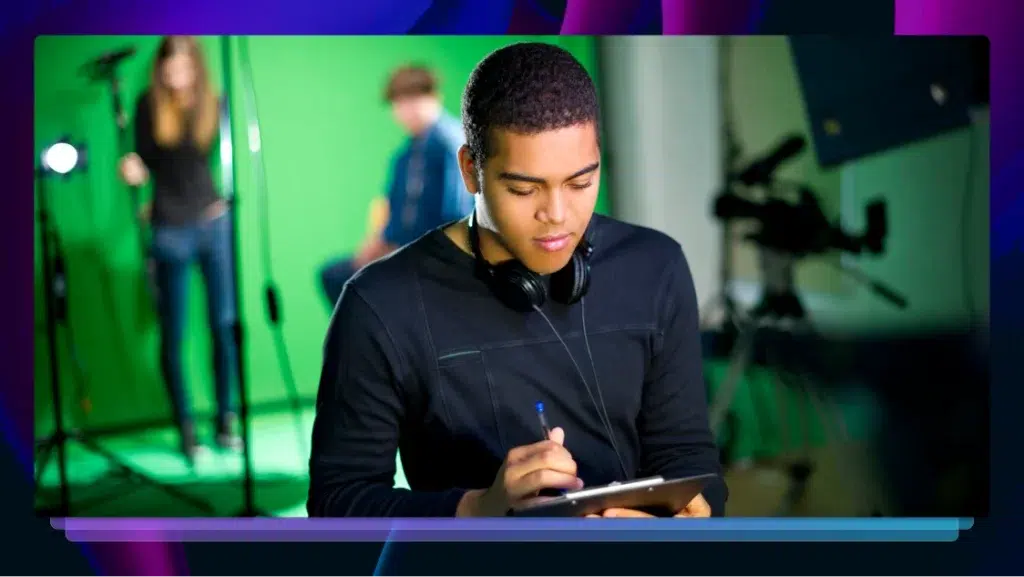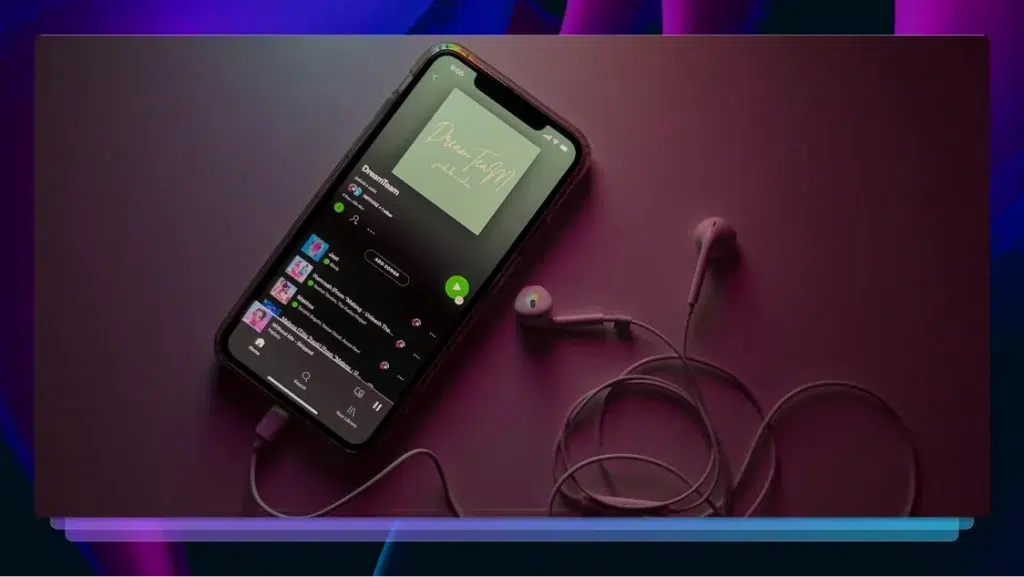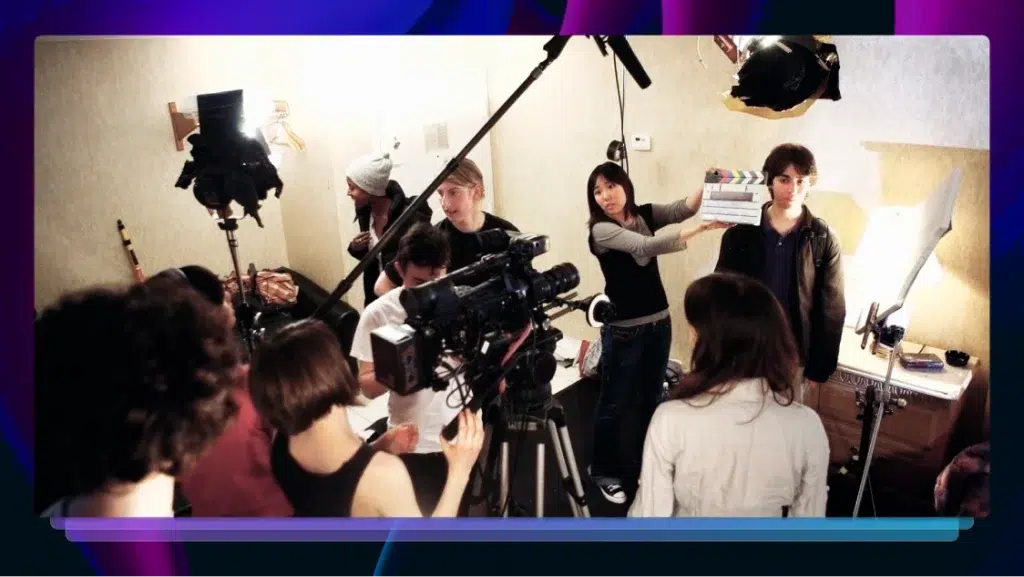How to Make an Awesome Movie Trailer for Documentary Films
Learn how to make a great movie trailer for your documentary film, and how Rev's services can help you reach a wider audience.

There’s a direct correlation between how many views a trailer gets and a movie’s success at the box office. The top two movies in 2019, Avengers: Endgame and The Lion King also had the most popular trailers, raking in 781,600,000 views in the 24 hours preceding their release. But a good movie trailer can do far more than tease film fans into checking out your flick, particularly if you’re bootstrapping your own documentary and have a limited budget. The right kind of trailer can help you:
- Get into a film festival. Film festival organizers have the unenviable task of watching dozens, or even hundreds, of trailers as they comb through submissions. If your documentary film trailer stands out from the rest, it can be enough to get your documentary the second look it needs.
- Enhance social promotion. Because a movie teaser is a short, yet powerful representation of what makes your documentary special, it’s a great talking piece. With a well-crafted trailer, viewers are more likely to shoot it over to their friends or bring it up in conversation. This turns trailer viewers into ambassadors for your film.
- Grab the attention of traditional or indie movie studios. Whether you’re looking for distribution, financial support, or to partner with other professionals, a trailer can help you get your foot in the door of a movie studio that has the resources you need. It can grab the attention of key decision-makers and get you one step closer to a sit-down conversation.
Even though a documentary trailer is only a minute or two long, you still have to approach its production strategically. Here are some tips to help you make a compelling documentary movie trailer.
Use the Three-Act Structure
The three-act structure delivers the trailer in three separate segments that combine to form one, cohesive narrative.
First Act
The first act introduces the protagonist, most likely in the context where they were before they embarked on their adventure. For a documentary, this could involve the protagonist observing a problem the documentary is going to explore, perhaps being impacted by the issue directly.
Second Act
The second act introduces a central conflict, and to meet the challenge of the situation, the protagonist has to travel away from their “home base.” The protagonist may venture forth to investigate an injustice, prepare for a competition, or learn a skill they need to accomplish a monumental task.
Third Act
The final act of a trailer shows how the situation gets more intense, building to a climax. In some cases, the protagonist is portrayed as a hero, hardened by the experience. However, if you want to ensure the audience can’t predict the ending, you could intensify the severity of the challenges facing the protagonist, leaving the audience curious as to how the obstacles are going to be overcome.
Clearly Identify the Conflict, Protagonist, and Antagonist
Documentaries often focus on a complex problem that requires innovative problem-solving or outstanding grit to overcome. It can be tempting to hyper-focus on the problem instead of the three elements that tug at the emotional strings of movie-watchers: the conflict, the protagonist, and the antagonist.
The literary trope of a journey fraught with danger, twists, and turns hinges on these three elements. The central character, or protagonist, has to resolve a conflict, and along the way, someone or something is trying to get in their way. A trailer has to clearly delineate each of these elements.
In the trailer for the 2002 documentary Bowling for Columbine, the conflict, protagonist, and antagonist are easy to pinpoint.
- Conflict: Documentary filmmaker, Michael Moore, is confronting the gun culture of America.
- Protagonist: Michael Moore, a man seeking to challenge what he sees as a pro-gun status quo.
- Antagonist: A conglomeration of people and systems that advocate for the proliferation of guns and gun violence in America. The trailer also indicates there’s a sub-protagonist, the actor Charlton Heston, one of the leaders of the NRA.
Show Unforgettable Scenes
You want to choose scenes that make the viewer want more. Selecting scenes that elicit a powerful reaction can get the viewer emotionally invested in your documentary. These are often the most unforgettable scenes of the movie.
In the trailer for the documentary Apollo 11, for example, viewers are treated to a series of scenes that many associate with that iconic time in history, including hundreds of people with their eyes glued to screens or skies, the rocket rumbling up from a cloud of fire, and scientists hunched over their workstations, knowing their decisions make the difference between life and death.
Choosing the best scenes is far easier if the movie has already been transcribed. Often the most powerful scenes are accompanied by memorable dialog. Searching through the transcription for phrases spoken during the most gripping scenes enables you to quickly choose the moments that are most likely to draw a bigger audience to your documentary premiere.
The Sound: Voiceover Actors and Music
Your sound sets the stage for the experience the full-length film will provide viewers. For serious, thought-provoking documentaries, the music should add a sense of drama to the trailer, and the voiceover actor’s voice, tone, and cadence should complement the dramatic feel. Lighter-hearted docs may have more playful, fun music and a more laid-back vocal delivery.
Editing Techniques to Enhance the Flow and Feel
Select and Edit Your Audio First
In most cases, the trailer should be under two minutes long. Choosing your audio before video and cutting it to the right length can provide a framework for selecting and editing the video.
Space Out the Story-Telling Moments
Don’t give your audience all the key story elements one after the other because they may get confused or feel overwhelmed. It’s best to present them piece-by-piece over the course of the trailer, with relatively long moments in-between. This allows the audience to rest and absorb the power of the narrative.
Make a Teaser, Not a Spoiler
The audience shouldn’t be able to figure out how your documentary ends by watching the trailer. Keeping them in suspense may mean leaving out some of the more pivotal, powerful moments. Returning to the Apollo 11 example, there are no scenes in the trailer where those in the control room are rejoicing. Nor does the viewer see anyone’s foot actually step on the moon. Although many viewers already know how the story ends, the trailer still engenders a sense of suspense by leaving out anything that depicts a resolution of the central conflicts.
Use Rev to Caption Your Documentary and Trailer
It’s useful for the trailer to feature captions to grab the viewer’s attention using two mediums: their eyes and ears. In addition, if viewers are watching the trailer in a noisy setting, captions ensure they don’t miss important words or phrases that can draw them into the narrative. Adding captions to your movie and documentary make it accessible to more viewers, including those hard of hearing, people at work or school who lower the audio to avoid distracting others, or language-learners. With captioning by Rev, you can broaden the reach of your work while enriching the final product.
Get Captions for Documentary Films















